California's Proposition 65 and Indonesian Spice Mix Warning Label

Date:
[]
Categories:
[In the News]
Tags:
[News],
[Popular],
[Explanation]
Recently, an Instagram story featuring an Indonesian spice mix (bumbu) with a 'California Prop 65 Warning' sticker went viral, sparking concern and confusion among Indonesian netizens.
You can check the Instagram post here.
Many were quick to tag Indonesia's food and drug regulatory agency (@bpom_ri) and the product's manufacturer, PT Bamboe Indonesia, questioning the safety of the spice mix product.
As someone not affiliated with either BPOM or PT Bamboe Indonesia, I want to shed some light on what California's Proposition 65 (Prop 65) actually means and whether this warning truly indicates a product is dangerous.
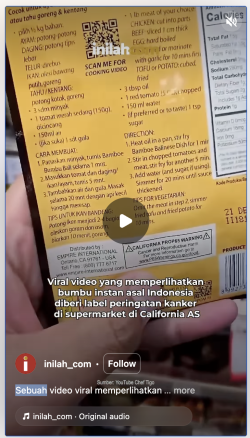
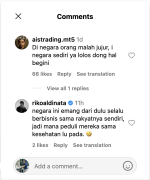
What is California's Proposition 65?
Officially known as the Safe Drinking Water and Toxic Enforcement Act of 1986, Proposition 65 is a California law that requires businesses to provide warnings to Californians about significant exposures to chemicals that cause cancer, birth defects, or other reproductive harm [1]. The primary goal of Prop 65 is to protect California's drinking water sources from contamination and to inform the public about potential exposures to these chemicals.
It's crucial to understand that a Prop 65 warning does not necessarily mean a product is unsafe or that it violates any product safety standards. Instead, it signifies that the business issuing the warning is aware or believes that its product exposes individuals to one or more chemicals on the Prop 65 list.
The Prop 65 List of Chemicals: More Than 1,000 and Growing
The Prop 65 list is extensive, containing over 1,000 chemicals as of July 2025 [2]. These chemicals can be naturally occurring or synthetic and are found in a wide range of products and environments, including pesticides, common household products, food, drugs, dyes, solvents, and even byproducts of industrial processes like motor vehicle exhaust.
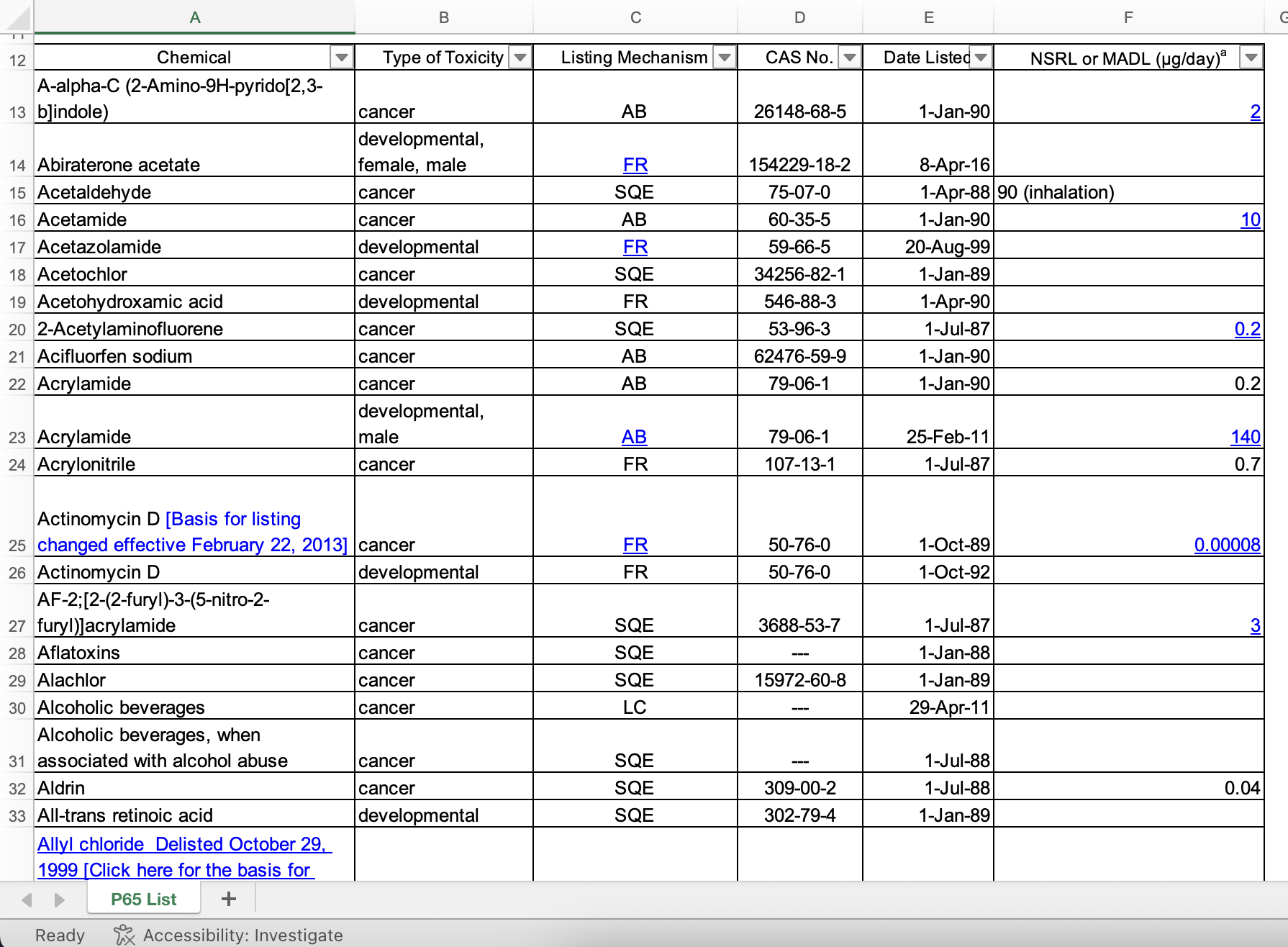
This broad scope is why you might find Prop 65 warnings on seemingly innocuous items. The presence of a chemical on this list doesn't automatically mean it's been intentionally added or that it's present in harmful quantities. Many chemicals on the list occur naturally in foods and other products.
Naturally Occurring Chemicals and the Prop 65 Paradox
One of the most common misunderstandings about Prop 65 is related to naturally occurring chemicals. For instance, many fruits, vegetables, and spices naturally contain substances that are on the Prop 65 list. This means that a product containing these natural ingredients, even in trace amounts, might require a warning label.
This is where the situation with the Indonesian spice mix likely comes into play. It doesn't imply that PT Bamboe is intentionally adding dangerous chemicals or using toxic ingredients. Nor does it suggest that Indonesia's BPOM isn't diligently testing products for contaminants. Instead, it simply means that a detectable amount of a listed chemical is present, even if that amount is well below levels considered harmful by other regulatory bodies and is still allowed for sale in California.
In fact, if a product were truly dangerous at its normal consumption levels, Californian regulators would prevent its sale altogether. The fact that it's available for purchase indicates it's deemed acceptable for human consumption within the state's regulatory framework.
Surprising Inclusions: Vitamins, Medications, and Everyday Items
To further illustrate the breadth of the Prop 65 list, consider some surprising inclusions:
-
Vitamin A (Retinol): Yes, a vital nutrient for human health is on the list. Many foods, especially those rich in chili, naturally contain Vitamin A.
-
Certain Medications: Antiviral medications like Ribavirin and antibiotics like Rifampin are also listed.
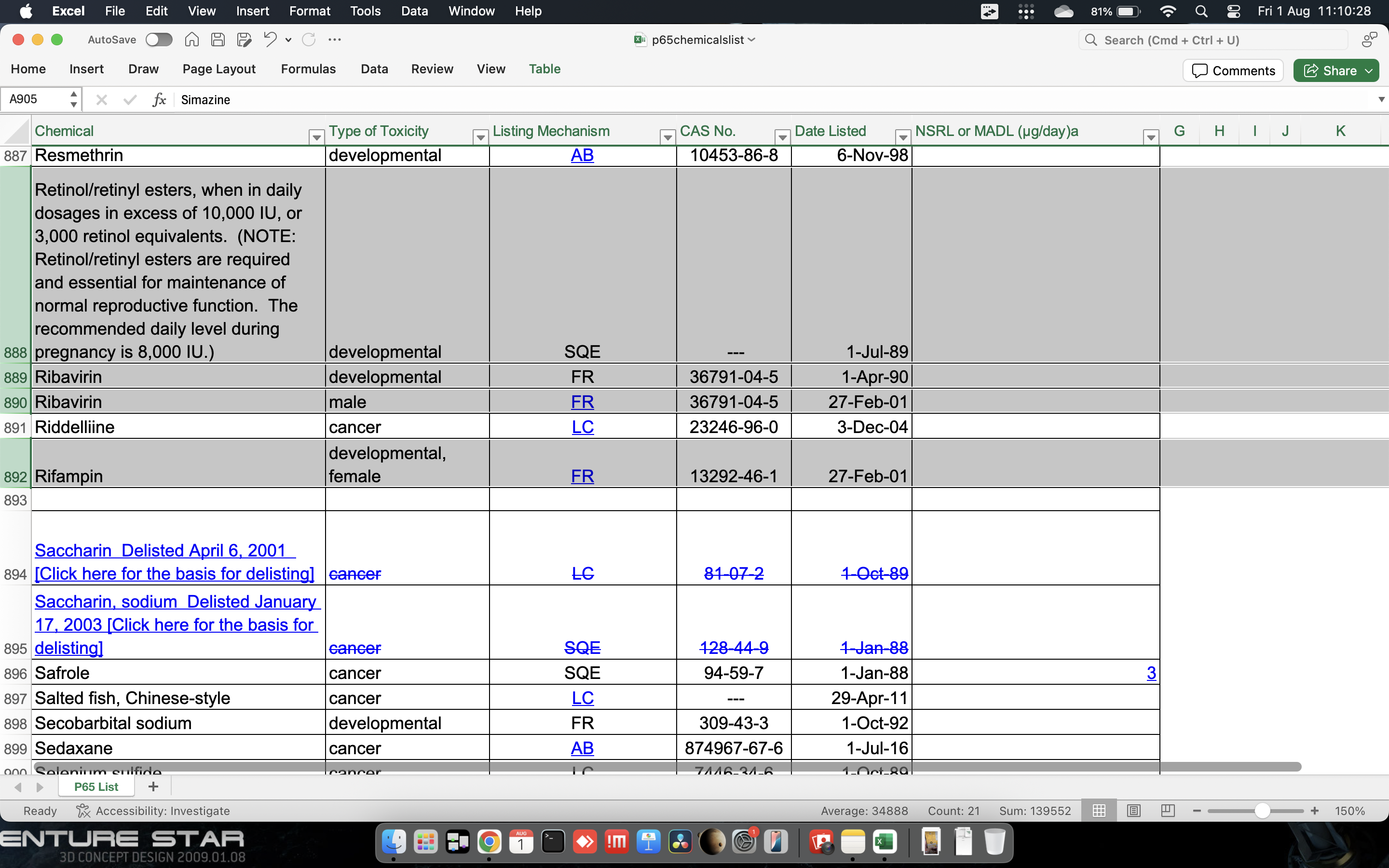
-
Chinese Salted Fish: A common food item in many cultures.
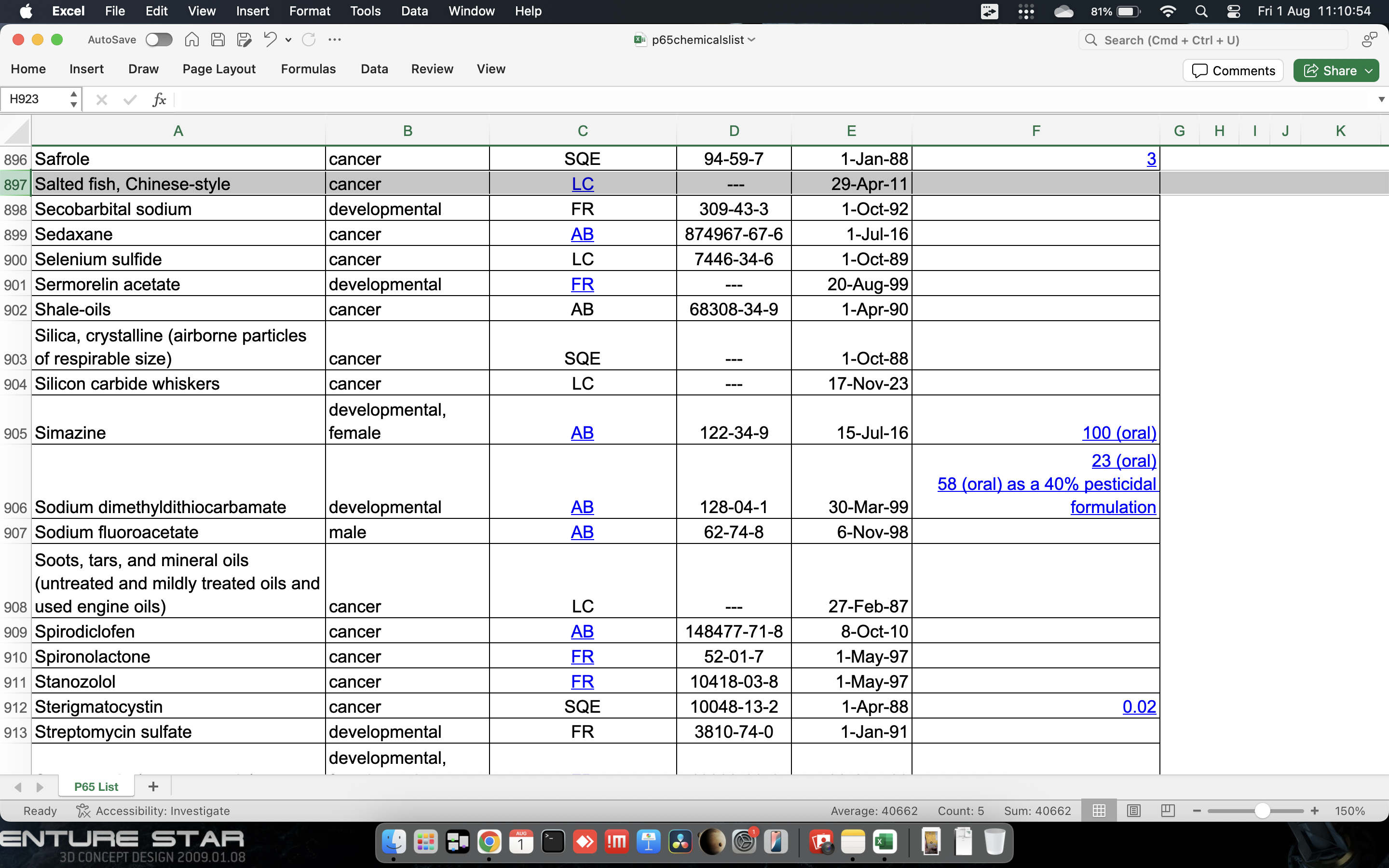
-
Wood Dust: This means that even working with natural wood or using wooden cutting boards could theoretically expose you to a listed chemical.
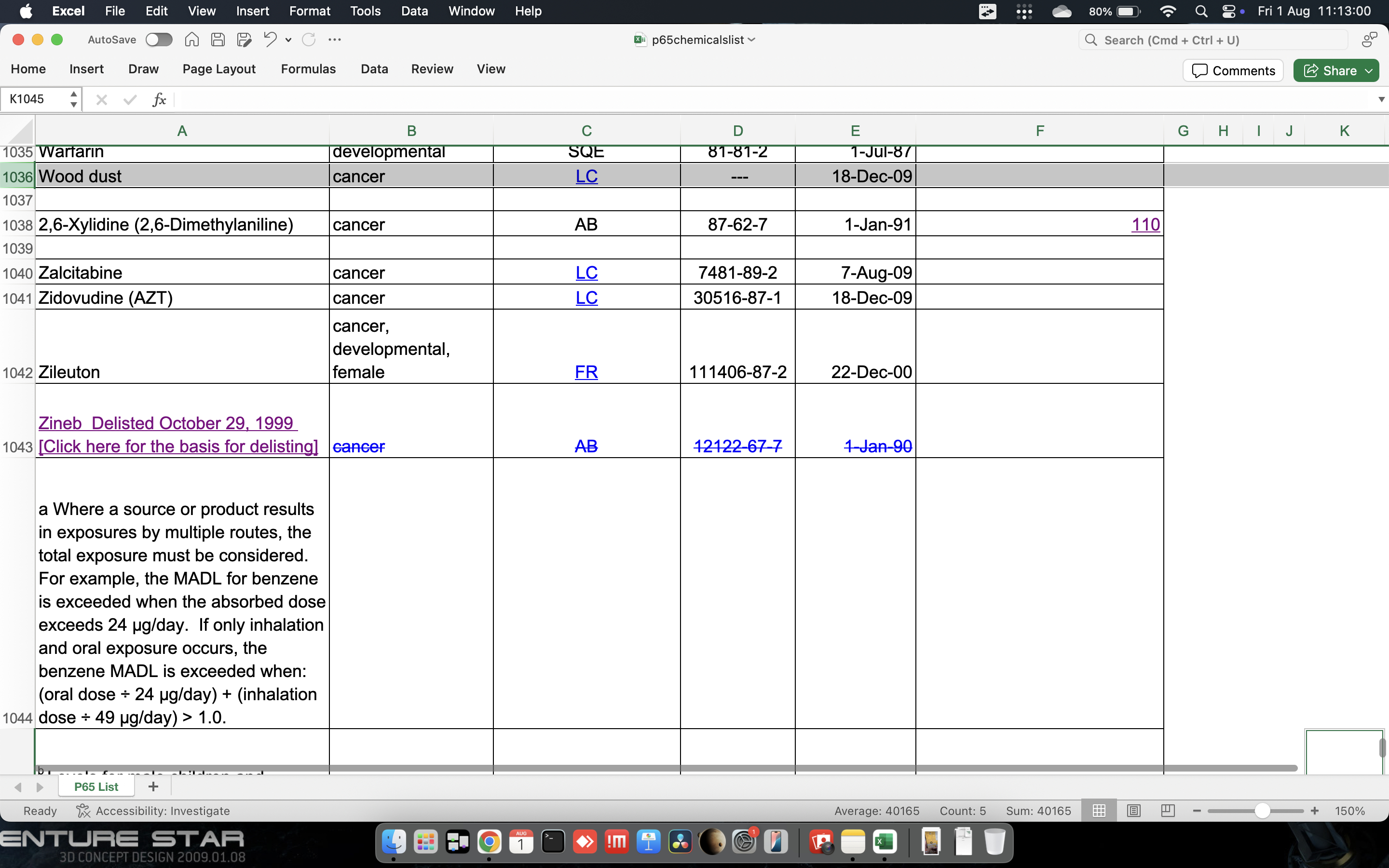
These examples highlight that the presence of a Prop 65 warning doesn't equate to immediate danger. It's a 'right-to-know' law, designed to inform consumers about potential exposures, allowing them to make informed decisions.
The Bamboe Spice Mix: A Case Study
Regarding the viral Bamboe spice mix, it's highly probable that the warning label is due to the natural presence of a chemical like Vitamin A (Retinol) from ingredients such as chili, which is a common component in many Indonesian spice mixes.
Edit: Chili actually contains beta-carotene, which would be converted into vitamin A in human body.
Here is a picture of the exact same product in the Instagram post, showing the ingredients [3]
![[3] bamboe-bumbu_bali_ingredients bamboe-bumbu_bali_ingredients](/user/pages/02.blog/11.californias-proposition-65-and-indonesian-spice-mix-warning-label/bamboe-bumbu_bali_ingredients.jpg)
Conclusion: Due Diligence Over Panic
In conclusion, the Indonesian spice mix, like many other products bearing a Prop 65 warning, is likely safe for consumption. The warning serves as an informational notice rather than a declaration of danger. It's a testament to California's stringent consumer protection laws, which cast a very wide net.
Before jumping to conclusions or blaming manufacturers and regulatory bodies online, it's essential to exercise due diligence and understand the context behind such warnings. Spreading misinformation or unfounded panic can cause more harm than the perceived risk from the product itself.
Always seek to understand the facts before reacting.
References
[1] California Office of Environmental Health Hazard Assessment (OEHHA). (n.d.). Proposition 65. Retrieved from https://oehha.ca.gov/proposition-65
[2] California Office of Environmental Health Hazard Assessment (OEHHA). (2025, January 3). The Proposition 65 List. Retrieved from https://oehha.ca.gov/proposition-65/proposition-65-list
[3] JavaneseTaste.com. (n.d). Bamboe Bumbu Bali - Bali Spices Saucy Seasoning, 49 Gram. Retrieved from https://javanesetaste.com/bamboe-bumbu-bali-bali-spices-saucy-seasoning-49-gram/?srsltid=AfmBOootA9bX0TmU8gXrcaMtyR-wcZf3cKTn_dZIsITYNjNgXY3xXnWa
Disclaimer: all rights belongs to their respective owner. Pictures and media in this post are for educational and informational purposes only. No copyright infringement intended. Header image attributed to dave_7 from Lethbridge, Canada, CC BY-SA 2.0 https://creativecommons.org/licenses/by-sa/2.0, via Wikimedia Commons